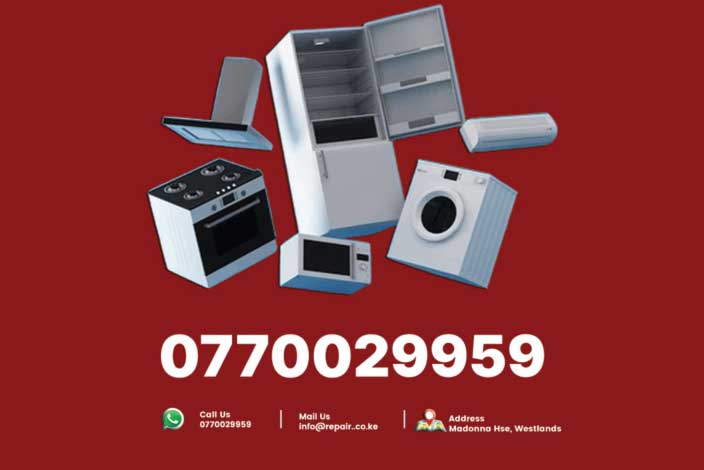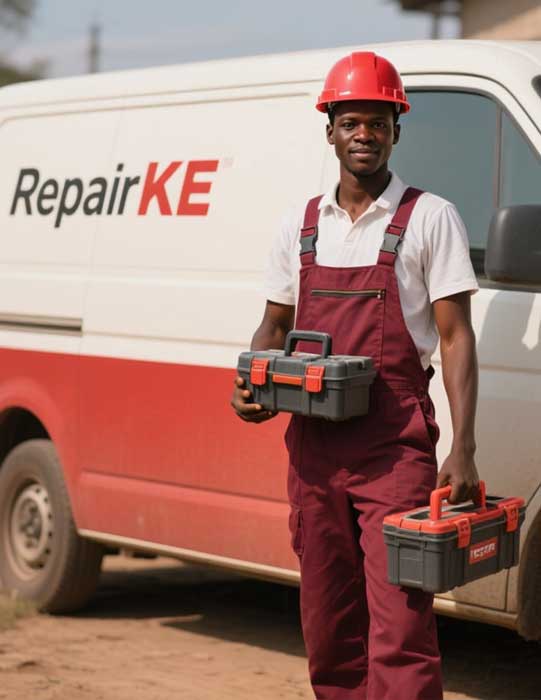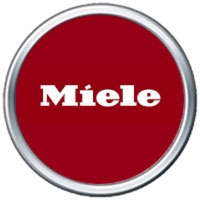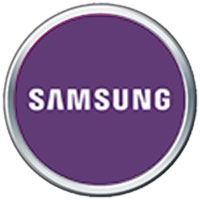Faulty Trigger Mechanism
Authored by Repair.co.ke
A faulty trigger mechanism in MIG or TIG welding torches can disrupt the welding process by failing to initiate or maintain the arc, wire feed, or gas flow. This fault can halt operations, leading to downtime and frustration.
Common causes include a worn or damaged trigger switch, which may fail to send consistent signals to the machine. Debris or corrosion in the trigger assembly can also impede operation. Electrical issues, such as a broken wire in the torch cable or a faulty control circuit, may prevent the trigger from functioning. Overuse or physical damage to the torch, such as dropping it, can further contribute to trigger failure.
Diagnosing a faulty trigger involves testing the torch to confirm whether the trigger activates the arc, wire feed, or gas flow. Inspect the trigger assembly for debris, corrosion, or physical damage. Check the torch cable for continuity using a multimeter to identify broken wires. If the trigger and cable are intact, the issue may lie in the machine’s control board, requiring professional repair.
Preventive measures include handling the torch carefully to avoid physical damage and cleaning the trigger assembly regularly to remove debris. Store the torch in a dry, protected environment to prevent corrosion. Replace worn trigger switches promptly and schedule routine maintenance to check the torch and machine connections. Using high-quality torches rated for the machine’s specifications can also reduce trigger issues.
A faulty trigger mechanism can lead to inconsistent welds or complete operational failure, particularly in high-volume welding environments. By maintaining the torch and addressing issues promptly, welders can ensure reliable performance.
Authored by Repair.co.ke






